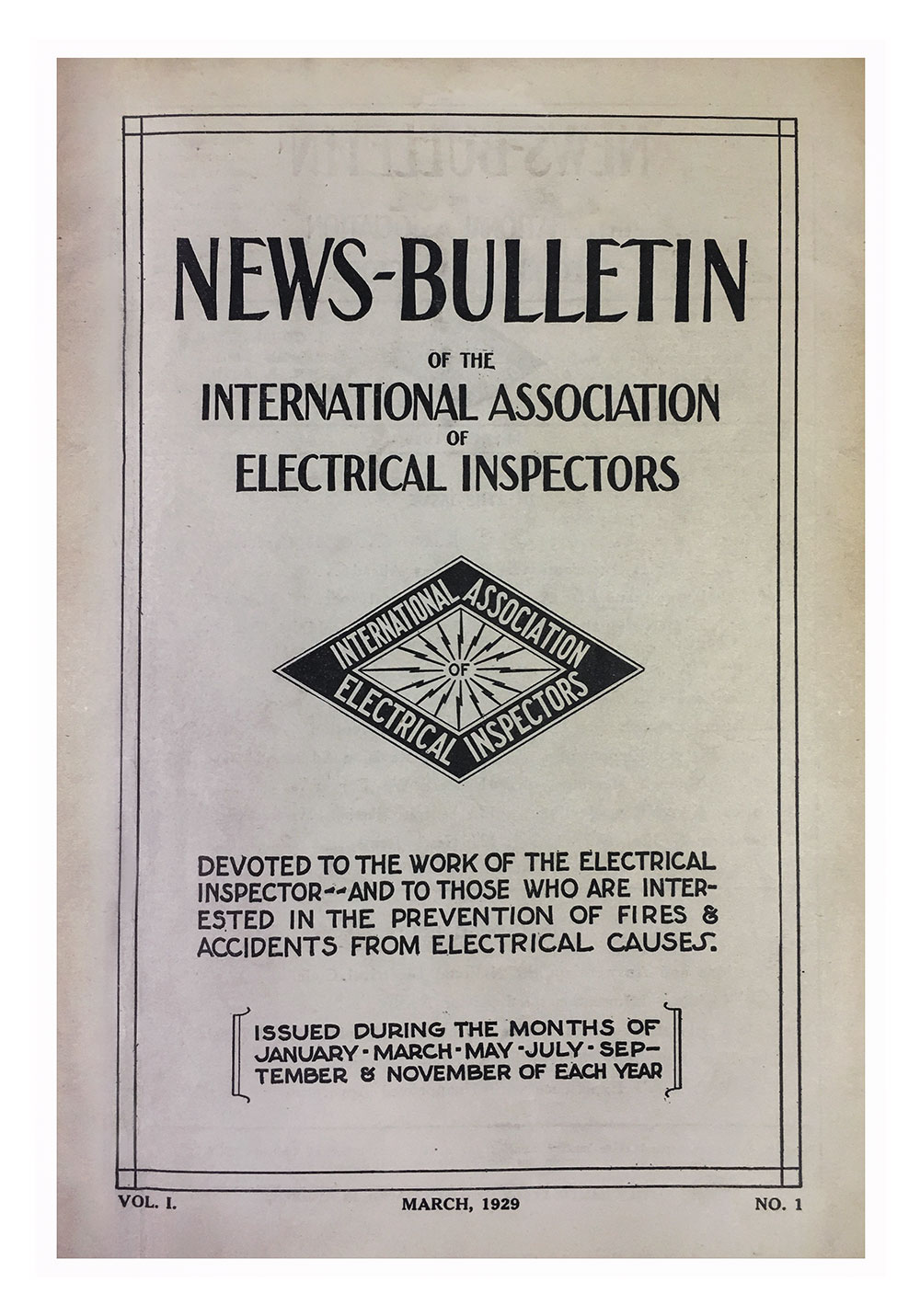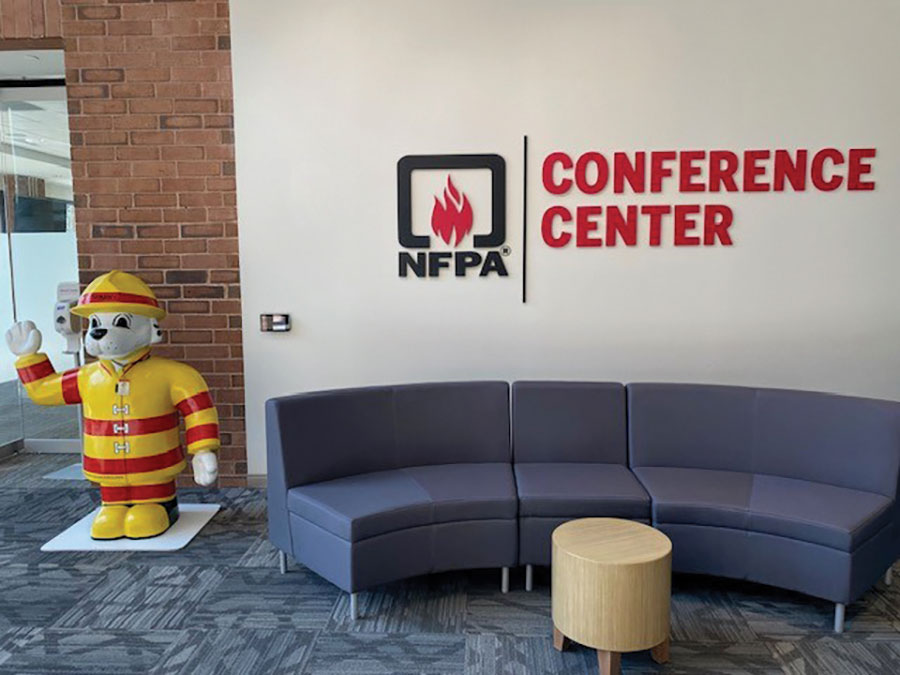In March 1929, IAEI issued its first publication: News-Bulletin of the International Association of Electrical Inspectors. The magazine consisted of 20 pages and was sized 5 ½ by 8 ½. A single issue sold for 20 cents and a yearly subscription was $1.00.
Since then IAEI has issued more than 500 publications—we have come a long way in eighty-nine years!
Over the years, IAEI magazine has undergone a major transformation. Today the average issue has 112 pages and contains articles based on both the NEC and the CE Code.
In a recent survey, 88% of the members told us that IAEI magazine is an excellent publication and is a valuable resource. With readership in excess of 432,199 which includes print, online, and digital versions, our magazine is viewed in 215 countries including Canada, India, Philippines, United Kingdom, Saudi Arabia, Australia, Russia, Mexico, United Arab Emirates, Malaysia, Germany, Singapore, South Korea, Kenya, Indonesia, South Africa, Pakistan, Iran, and Brazil.
What makes IAEI magazine a great publication? The success of IAEI magazine since its inception can be attributed to many factors. Most significant among the factors are the volunteers who have contributed articles on a variety of topics over the years. These subject matter experts are highly respected throughout the electrical industry, and we have been fortunate to have their support and contributions to the magazine, to IAEI’s vision of keeping the public safe from electrical hazards, and to our mission to educate and equip electrical professionals while unifying the industry to promote electrical safety.
Our members say the articles keep them up-to-date on Codes and new products and industry trends.
Articles submitted for inclusion in IAEI magazine are based on the sole opinion of the writer and should not be interpreted as an attempt to replace electrical standards such as the NEC and CE Code which are developed through a consensus process with many different stakeholders involved. The Publication and Education departments make every effort to ensure that the articles are as technically correct as possible. However, since they are the opinions of the writers, there are times when someone will question an article’s technical accuracy. When this occurs, we encourage and welcome comments and feedback. If we know the specifics of the issue, we will contact the author and, if the issue is found to be valid, the author will write a clarification that will be published in the next edition. We also encourage articles that provide different perspectives on the subject.
IAEI magazine is highly regarded in the electrical industry as an excellent resource. Our goal is to provide our readers with the most accurate information possible and to provide an open forum for debate. We want to hear from you, our readers. Send us an email (to iaei@iaei.org) or a letter if you have a question or concern. Also, let us know any additional topics you would like to see included in the magazine.
IAEI thanks all of you who have submitted articles. We understand the commitment it takes – choosing a topic, researching, and finally putting those thoughts on paper. Please know that your articles are educating the electrical industry and helping fulfill our vision of “keeping the public safe from electrical hazards.” Thank you for your dedication and contribution in making IAEI magazine a top-notch publication for the electrical industry.















Find Us on Socials